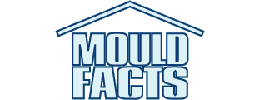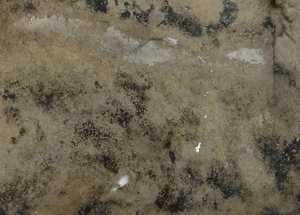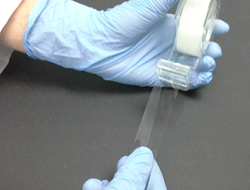Black mold can significantly undermine the quality of your life. If you are a homeowner or property manager, you need to be aware that frequent exposure to black mold, especially in large quantities, can give rise to adverse health effects that include headaches, chronic fatigue, fever, and irritation of the upper respiratory tract.
Mold is often found growing on wood, on drywall, behind wallpaper, and on ceiling tiles, mostly in areas that are constantly moist or have suffered water damage or leaks. Although certain subtypes of mold are harmless, some are associated with adverse health effects that include allergic reactions for susceptible individuals.
What to do in the event of mold infestation
If you have a mold problem and suspect that your illness or condition may be related to this unwanted substance, your priority should be ascertaining whether the problem is a genuine health concern or only aesthetic. Consider submitting tape samples for laboratory analysis. Only professional analysis can help you determine whether or not the mold is cause for concern.
A tape sample is quite inexpensive. From it, we can run tests, determine if the problem is real or merely cosmetic, and equip you with information and guidance on the next suitable course of action. Tape samples will enable you to determine if the mold is toxic, the extent of toxicity, and if the problem requires more intensive investigation and remediation. Always remember that the process of cleaning hazardous mold requires special protection.
How To Take Mold Samples Using Clear Scotch Tape
- Download and print the sample submission form.
- Wear gloves if necessary.
- Cut off 2-3 inches of clear scotch tape.
- Hold the sticky side onto the surface with visible mould growth.
- Remove tape and, without folding it, stick it onto a ziplock bag.
- If you have more than one sample, number each tape, matched to its site. For example:
- Tape 1: Basement, east wall.
- Tape 2: Window sill, master bedroom.
- Tape 3: Ceiling tile, kitchen.
- Now enclose samples in an envelope or bag.
- Finally complete the sample submission form with your information and the sample details. Alternatively, you may provide the information below on a sheet of paper and submit it with your samples.
Important notes
Throughout, bear the following in mind:
- More than one mold type may be present at your premises.
- It is advisable to take a mold sample for every separate location.
- Each sample should be labelled and placed in a separate plastic bag.
- You may also submit these alternative samples for mold testing: pieces of wallpaper, drywall, wood, carpet and insulating material.
|
|
Cost of sample analysis
Each sample costs $50 plus applicable taxes. Thus, for instance, 4 samples would cost $200 plus tax. (If unsure about taxes, contact us.)
Sending mold samples to the laboratory
If you had not downloaded, printed and completed the sample submission form, you may provide the information below on a sheet of paper and submit it with your samples.
- Name
- Address
- Phone
- Fax (if available)
- Email address
- Date on which sample was collected
- Credit card information for payment
– Name on card,
– Expiry date and security code.
(You may also call in your credit card details to 905-290-9101.)
Mail or deliver samples to either:
Mold & Bacteria Consulting Laboratories
1020 Brevik Place, Unit 1A
Mississauga, ON L4W 4N7
(Attn: Laboratory Manager)
OR
Mold & Bacteria Consulting Laboratories
4475 Wayburne Dr., Suite 204
Burnaby, BC V5G 4X4
(Attn: Laboratory Manager)
Thank You,

Dr. Jackson Kung’u, PhD
(Principal Microbiologist.)
P.S. If looking for information on air testing for mold… click Indoor Air Quality Testing.






